Introduction
Traveling in avalanche terrain requires specific tools to manage risk and respond effectively in emergencies. Each piece of avalanche gear serves a distinct purpose for rescue scenarios. In addition, they can provide some value for non-emergency use while snow trekking and camping. Avalanche safety tools add weight to your backpack. Even the lightest transceiver-probe-shovel combos weigh around two pounds (0.9 kg).
This guide focuses on the key categories of avalanche equipment featuring products that provide a unique amount of performance for their weight. These categories include avalanche transceivers, snow shovels, probes, avalanche safety backpacks, and snow saws.
Related: This is a companion resource guide for the Avalanche Awareness and Safety Masterclass.
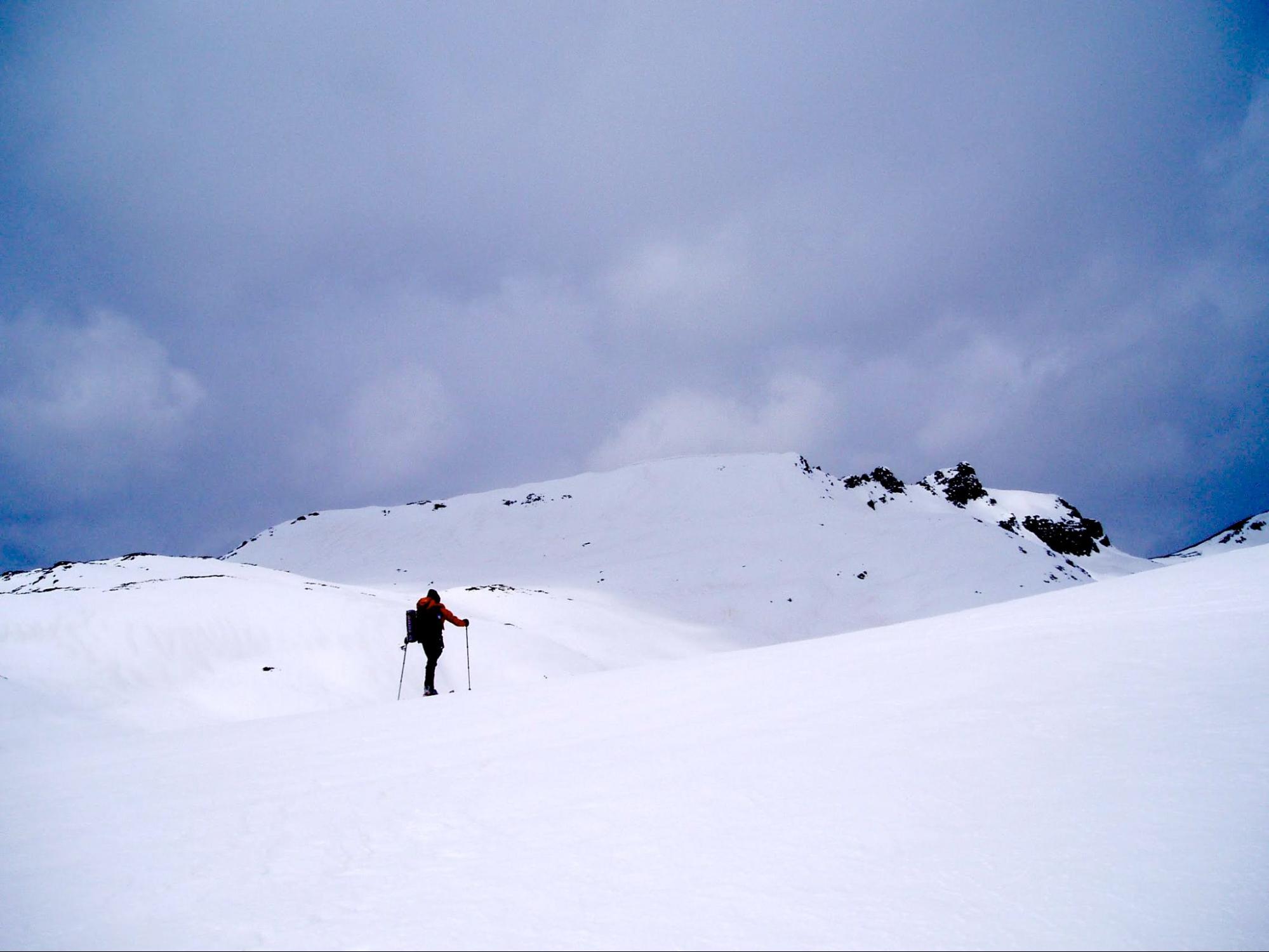
Transceivers
Avalanche transceivers (“beacons”) are essential for locating buried companions during an avalanche rescue. Modern transceivers prioritize ease of use, signal range, multiple burial analysis, and search precision.
Transceivers operate on a 457 kHz radio frequency with two modes: transmit and search. In transmit mode, a beacon continuously broadcasts a pulsed signal to help rescuers locate a buried person. In search mode, the transceiver detects signals from buried beacons, guiding rescuers using distance, directional indicators, and signal strength. Modern devices use a triple-antenna system for accuracy, signal suppression for multiple burials, and interference protection to reduce electronic disruptions. Search range varies from 40 to 80 meters, and battery life usually exceeds 200 hours in transmit mode with at least one hour of search time.
The Pieps Pro IPS is one of the most advanced and effective beacons on the market. The Tracker S is one of the lightest and simplest.
The Black Diamond PIEPS Pro IPS avalanche transceiver features an 80-meter search strip width, an Interference Protection System to reduce signal disruption, Dual-Antenna Signal Processing for reliable signal detection, auto-search-to-send functionality, Bluetooth compatibility for firmware updates via the PIEPS app, and a robust housing designed for professional rescue applications.
Simple, easy, light, and small: the Backcountry Access Tracker S avalanche beacon weighs only 170 grams (6 ounces) and operates on three AAA alkaline batteries. It features a real-time digital display, triple antenna system, and includes Signal Suppression and Big Picture modes for multiple burial scenarios. The device provides a minimum of 1 hour in search mode after 200 hours in transmit mode.
Shovels
Avalanche Shovels play a dual role: they’re necessary for digging out victims during a rescue and for assessing snowpack stability during avalanche hazard evaluation. In addition, they are valuable tools for in camp use when preparing shelter or kitchen sites. A range of shovel types in this guide span the range of packability, weight, shoveling efficiency, and durability.
Shovels consist of a blade, shaft, and handle, typically made from aluminum or carbon for strength and low weight. The blade is designed for cutting through avalanche debris, with some models featuring serrated edges for increased efficiency in hard snow. Telescoping or modular shafts provide leverage while allowing for compact storage. Many shovels include features like probe or saw integration, stompable blades for added force, and attachment holes for constructing snow anchors or rescue sleds.
The Transfer LT, Alugator Light, and Dozer 1T-UL represent the lightest options among traditional aluminum avalanche shovels. The Ice Rock Ray and Race Carbon shovels seem to be made to meet ski mountaineering race requirements rather than the demands of use in actual avalanches – they don’t cut through hard debris well, and it’s difficult to leverage much force on the blade due to their limited strength. The Snowclaw Guide is a fan favorite in our community, but its handle-less design limits leverage and plastic construction can’t cut hard debris. However, it’s a viable option for moving snow in camp, and is particularly effective at digging snow caves quickly.
Weighing 405 grams, the Black Diamond Transfer LT is the lightest UIAA-certified shovel available. Its 7075 aluminum riveted blade is lightweight and thin, allowing it to cut through avalanche debris efficiently, while its 550 cm² volume enables rapid snow removal. The two-piece telescoping aluminum shaft enhances durability and comfort during use.
The Mammut Alugator Light avalanche shovel weighs 475 grams and features a hardened, anodized aluminum blade measuring 21 cm in width and 24 cm in length. Its oval telescopic shaft extends to 75 cm for leverage and collapses to 54 cm for storage. The symmetrical T-grip allows for force transfer, and attachment holes enable snow anchor or rescue sled construction.
The Backcountry Access Dozer 1T-UL avalanche shovel weighs 435 grams and features a cored-out blade and thinner-walled 7075 aluminum construction to minimize weight. Its ovo-concave shaft design enhances strength and grip, while the low-profile, stompable blade allows for snow penetration. The shovel is certified to the UIAA 156 standard for avalanche rescue shovels.
The Arva Race Shovel weighs 300 grams and measures 61 cm in length. It features a 47 cm carbon-fiber shaft and a 21 cm x 21 cm anodized aluminum blade with a thickness of 1.5 mm. The shovel utilizes a PIN LOCK locking mechanism for quick assembly and includes an ergonomic T-grip handle. It meets ISMF standards.
The Ice Rock Ray Ultralight avalanche shovel weighs 235 grams and measures 55 cm in length. It features a 25 cm x 21 cm carbon-fiber scoop with a 2.1-liter capacity and a titanium blade on the business edge of the scoop. 37 cm carbon-fiber handle. The shovel meets ISMF standards.
The SnowClaw Guide Shovel weighs 6.4 ounces and measures 12 x 11.25 x 0.25 inches. Constructed from high-impact copolymer, it is crack-resistant down to -20°F. The flexible design allows it to be used flat for moving large volumes of soft snow or bent into a U-shape for increased rigidity when digging harder snow. Its compact size fits easily into any backpack, making it suitable for backcountry skiing, snowmobiling, snowshoeing, snowboarding, and snow camping. Additionally, it can serve as a snow anchor or emergency splint.
Probes
Avalanche probes are collapsible, pole-like tools used for pinpointing the location and depth of a buried person after an avalanche transceiver has led rescuers to the general area. Made from lightweight aluminum or carbon tubing, probes are designed for quick deployment and efficient probing through the snowpack.
A probe consists of multiple segments connected by a tensioning system, typically a steel cable, Kevlar cord, or high-tensile polymer line, which allows for rapid assembly. Most probes feature a locking mechanism – such as a telescopic lock or wiregate-style closure – to keep them securely extended during use. Lengths range from 240 cm to 320 cm, with collapsed lengths between 35 cm and 50 cm.
Depth markings along the probe shaft help measure burial depth, which informs the digging strategy. Probes can have oversized or drop-shaped tips to reduce resistance and improve penetration into consolidated avalanche debris. Some models include high-contrast markings for better visibility in low-light conditions.
Effective probe use relies on systematic probing techniques, such as grid-based probing, where rescuers probe at regular intervals to locate a buried victim as quickly as possible. Fast and accurate probing, combined with proper transceiver use and strategic shoveling, is critical for increasing survival chances in an avalanche rescue scenario.
Probes can also be used for determining snow layer depth and thickness measurements when analyzing snow pits, stake-out points for shelters, and for marking hidden crevasse areas when camping on glaciers.
The probes recommended here are all 240 cm in length and made of carbon tubing. Short probes are lighter and easier to use in shallow snow packs that are shallower than about 6 or 7 feet deep. This is within the range of most avalanche burials in the coastal and inland ranges of the Continental United States. In Alaska or the Himalayas, where avalanches are larger and debris fields are deeper, avalanche professionals typically carry 320 cm probes.
The Black Diamond Quickdraw Carbon Probe 240 weighs 227 grams (8 ounces) and extends to 240 centimeters. It utilizes a wiregate locking mechanism for quick deployment without a stuff sack, and a Kevlar cord to reduce weight. The probe includes an oversized, durable alloy tip to improve probing efficiency and sensitivity by creating a hole larger than the probe shaft, and high-visibility 1 cm markings for depth readings. When collapsed, it measures 45 centimeters (17.7 inches) in length.
The Backcountry Access Stealth 240 avalanche probe weighs 8.8 ounces (250 grams) and extends to 240 centimeters. It features dual-sized depth markings for measuring snowpack or victim depth, and the Stealth Quick-Lock hardware creates a smaller bundle when folded, eliminating loose cables during deployment.
The Mammut Carbon Probe 240 Light weighs 198 grams and is constructed from high-quality carbon. It extends to 240 cm and collapses to 38 cm for storage. The probe features a glove-friendly, high-tensile telescopic locking system for quick and reliable assembly, and a 360-degree visual depth guide for accurate snow depth measurement. Its 11 mm diameter provides a balance between rigidity and weight.
Avalanche Safety Backpacks
Avalanche safety backpacks integrate airbag systems to reduce burial depth and improve survival chances in an avalanche. These backpacks are a key piece of gear for those traveling in steep, high-risk terrain where avalanche exposure is significant. However, they are not commonly used for multi-day winter backpacking due to several limitations. The added weight of the airbag system, typically ranging from 2.5 to 4 kg (5 to 9 lbs), can make carrying a full overnight kit impractical. Limited internal volume also restricts storage space for essential gear like a winter sleeping system, cooking equipment, and extra layers. Additionally, airbag backpacks require regular maintenance, including battery charging or compressed air canister refills, which can be a logistical challenge on extended trips. While not a standard choice for winter backpackers on valley routes, those traveling across high passes or exposed ridgelines may find a larger airbag model capable of carrying minimal overnight gear useful for managing avalanche risk in high-exposure zones.
For backcountry skiers, splitboarders, and mountain professionals working in avalanche-prone environments, airbag backpacks provide a significant safety advantage. When deployed, the airbag increases the user’s volume, helping to keep them near the surface of an avalanche rather than being deeply buried, which dramatically improves survival rates. Many models incorporate additional safety features, such as dedicated avalanche tool compartments for quick access to a probe and shovel, ski and snowboard carry systems, and reinforced frames for stable load distribution during technical descents. With options for electronic or compressed-air deployment systems, these backpacks offer a critical layer of protection in high-consequence terrain where avoidance and mitigation strategies alone may not be enough.
The Black Diamond Jetforce Pro 35L Avalanche Airbag Backpack weighs about 3 kg (6.5+ lb). It features a rechargeable, travel-friendly airbag system with multiple deployments and automatic deflation to create an air pocket for breathing when buried. Bluetooth connectivity allows for easy software updates, and the modular design enables attachment of different booster packs for versatility. The pack includes a dedicated avalanche tool pocket, tuck-away diagonal ski carry system, and ice-tool attachment.
The Mammut Pro offers 45 liters of storage and compatibility with the Removable Airbag System 3.0. It features a front pocket for avalanche safety equipment, full rear zipper access to the main compartment, an aluminum internal frame, and a thermoformed back panel. Additional features include diagonal ski carry, snowboard attachment, two ice axe attachments, a radio pocket, and hydration system compatibility.
The BCA Float E2-45 Avalanche Airbag backpack features a 45-liter capacity and a supercapacitor system for reliable cold-weather performance. It includes a 162-liter airbag, external stash pockets, expandable roll top, and multiple gear attachment points. The pack weighs 7 lb (3 kg).
Snow Saws
Snow Saws are used to create smooth vertical walls in snow pits that you might dig for snowpack analysis to identify weak layers. Ultralight saw models allow backpackers to carry this tool without adding significant weight to their kit. In addition, saws are useful for sculpting snow blocks, nooks, and crannies in camp. Some can even cut wood for campfires.
The Black Diamond Snow Saw Guide weighs 160 grams and features a tooth profile designed for cutting hard snow. It includes an integrated crystal card for snowpack analysis and a 250 cm by 3 mm polyester pit cord, stored on the handle, for conducting extended column tests. A lightweight clip sheath protects the saw and your pack during storage.
The Suluk46 Yuka 240 pull saw weighs 172 grams (6.1 ounces) and features a 240 mm (9.5-inch) Silky Gomboy blade. When closed, the saw measures 27.3 cm (10.75 inches) in length, and when open, it extends to 50.8 cm (20 inches). The handle includes a two-position, spring-loaded locking mechanism for blade stability and an ergonomic, padded grip. It's a little short for snow pit use, but otherwise can be used for small snow block cutting and all types of wood.

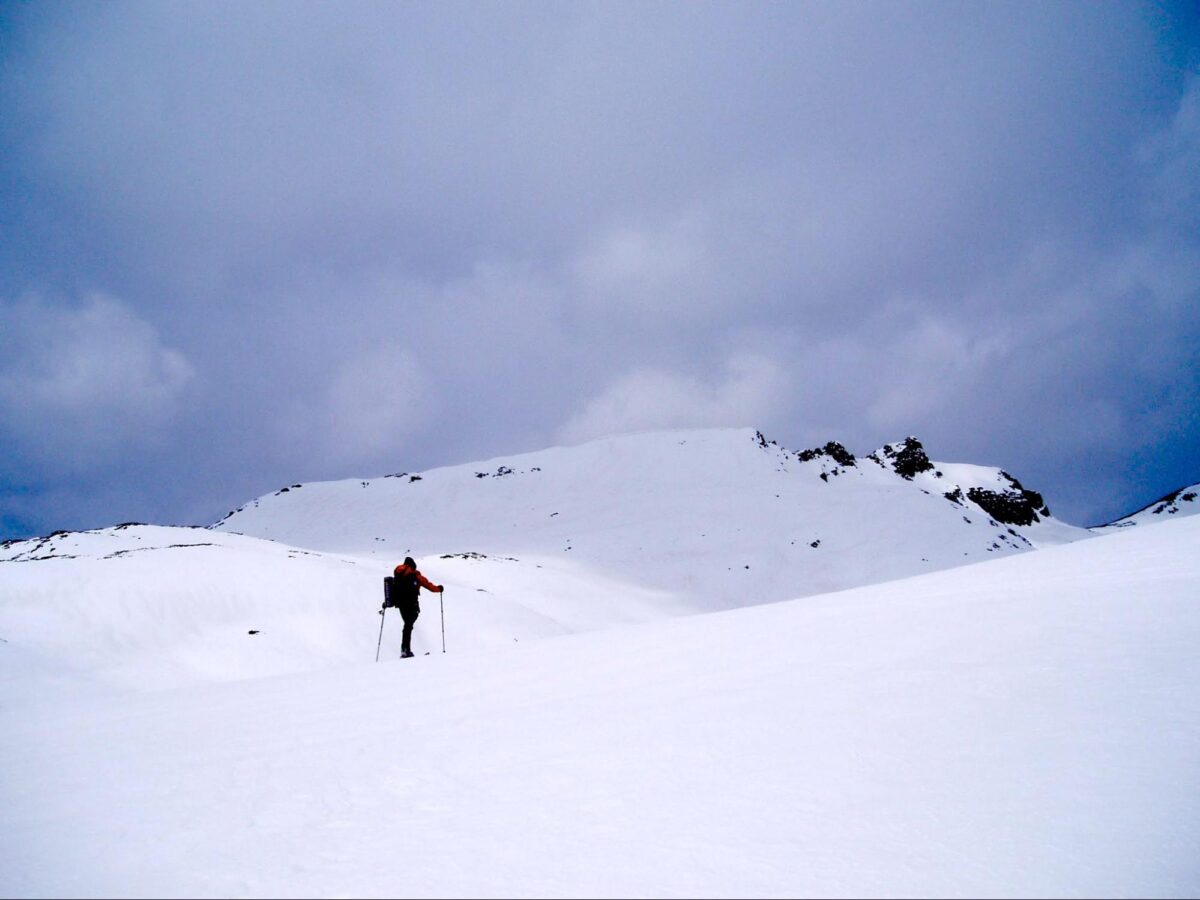
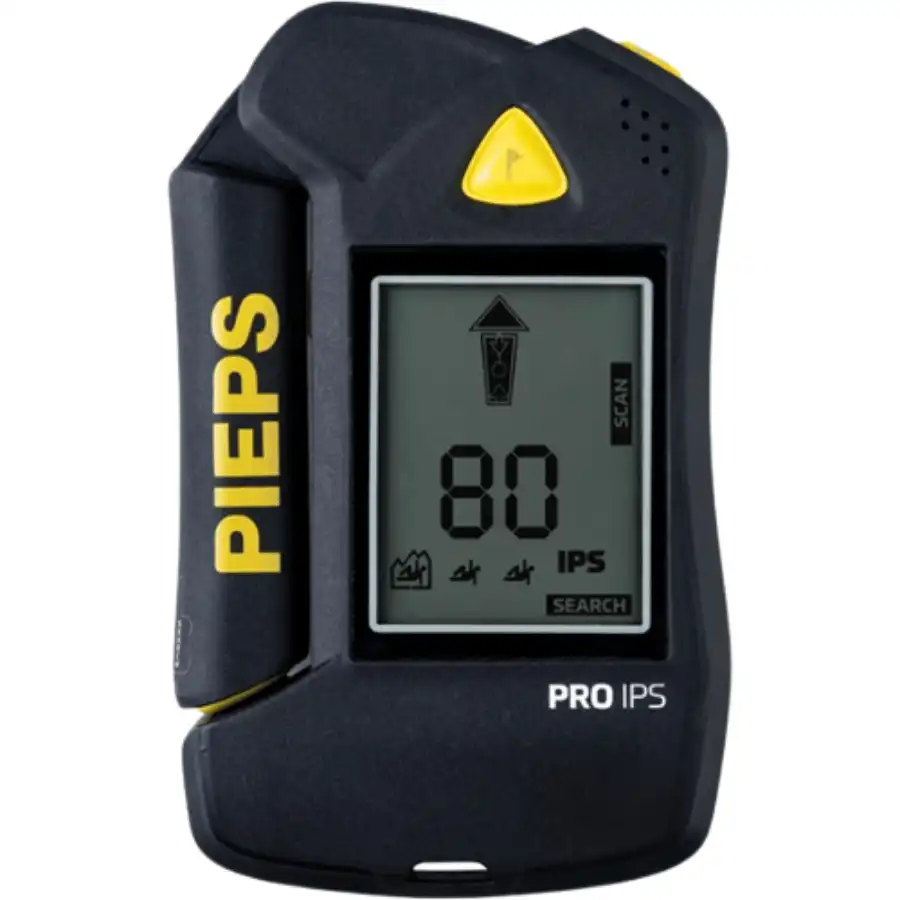
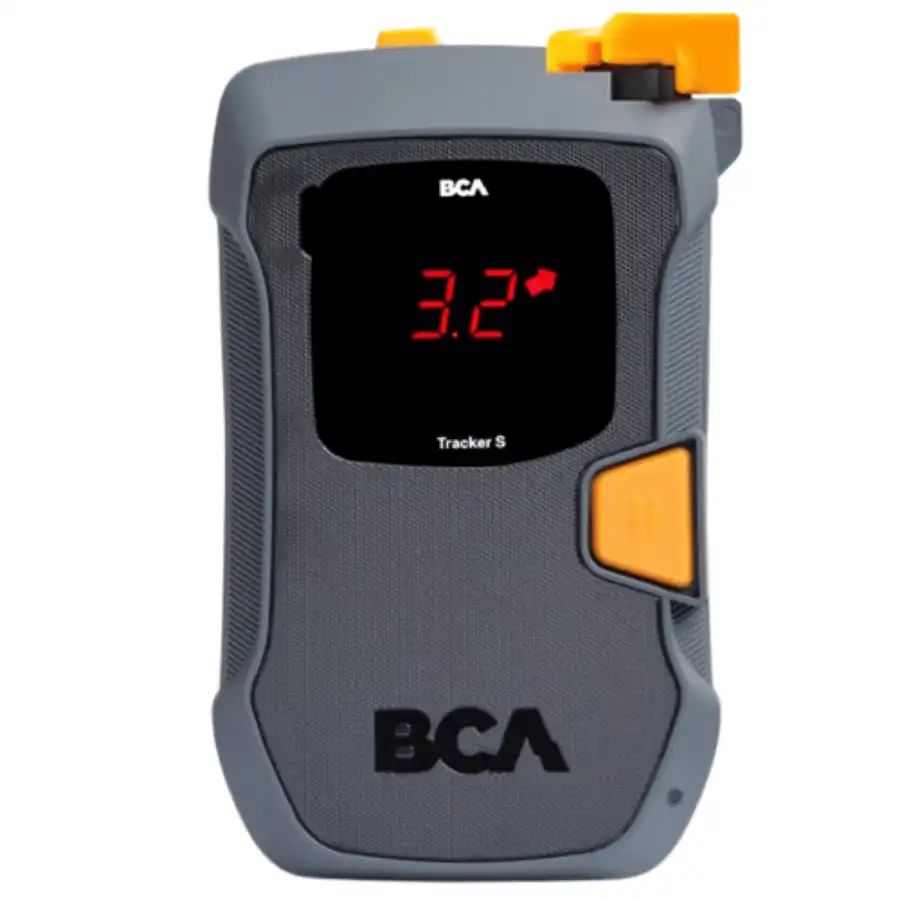
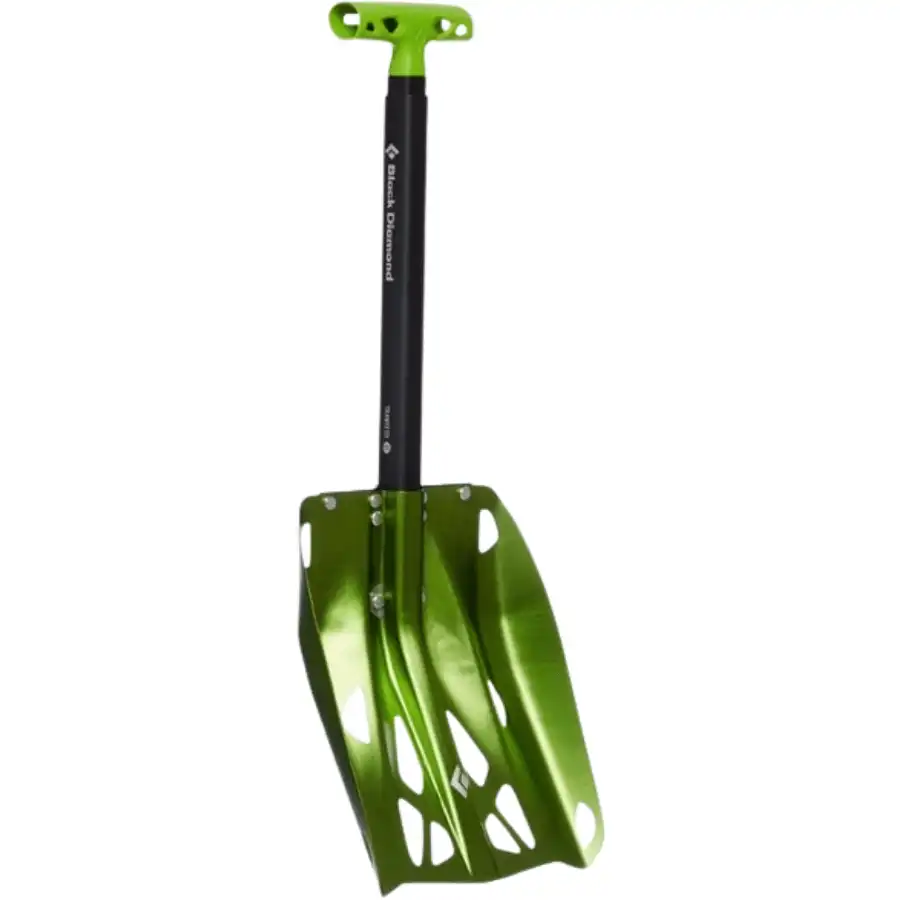
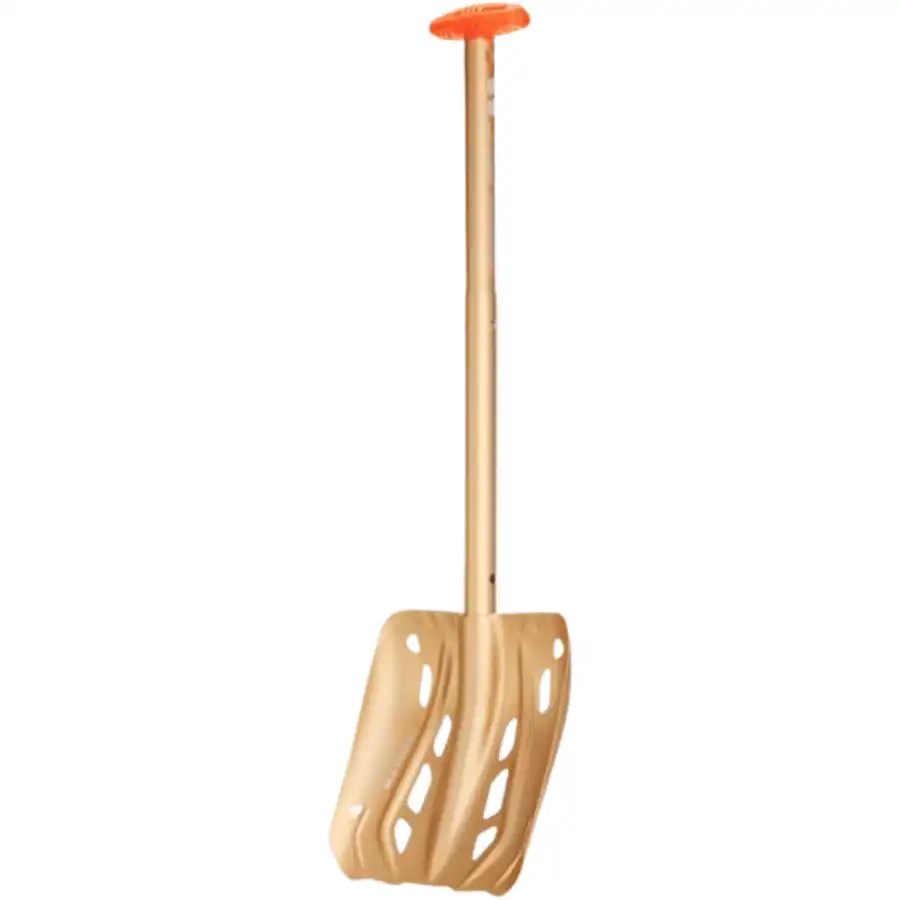
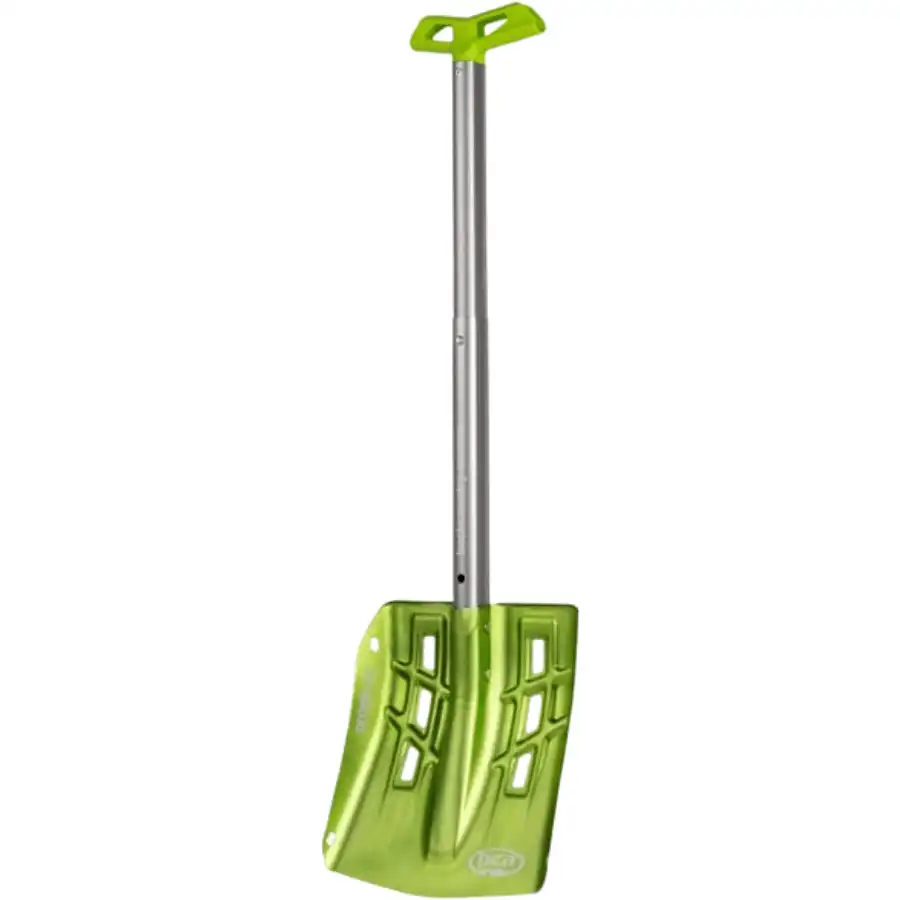
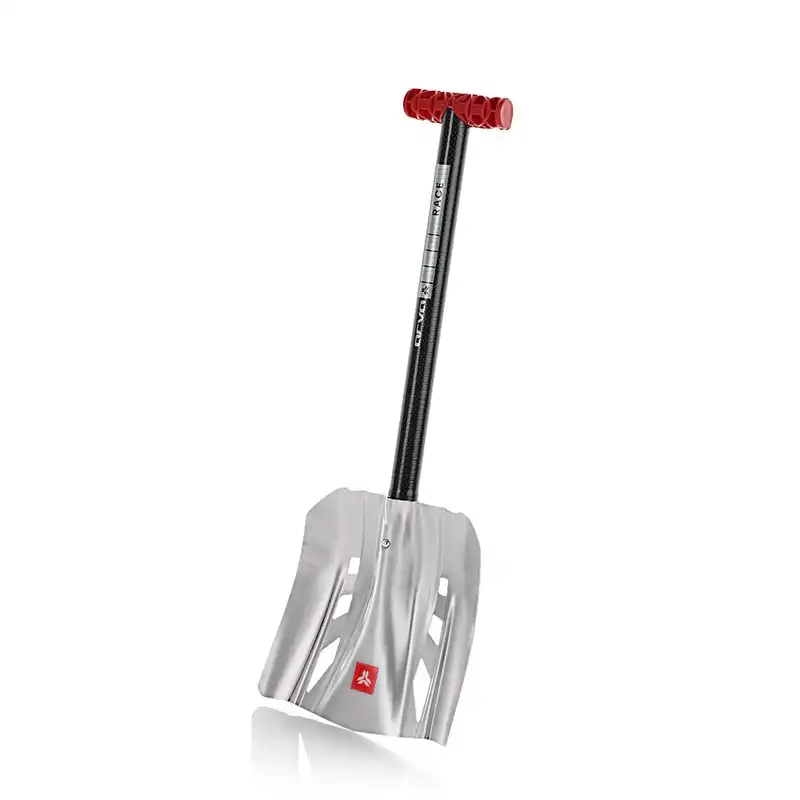
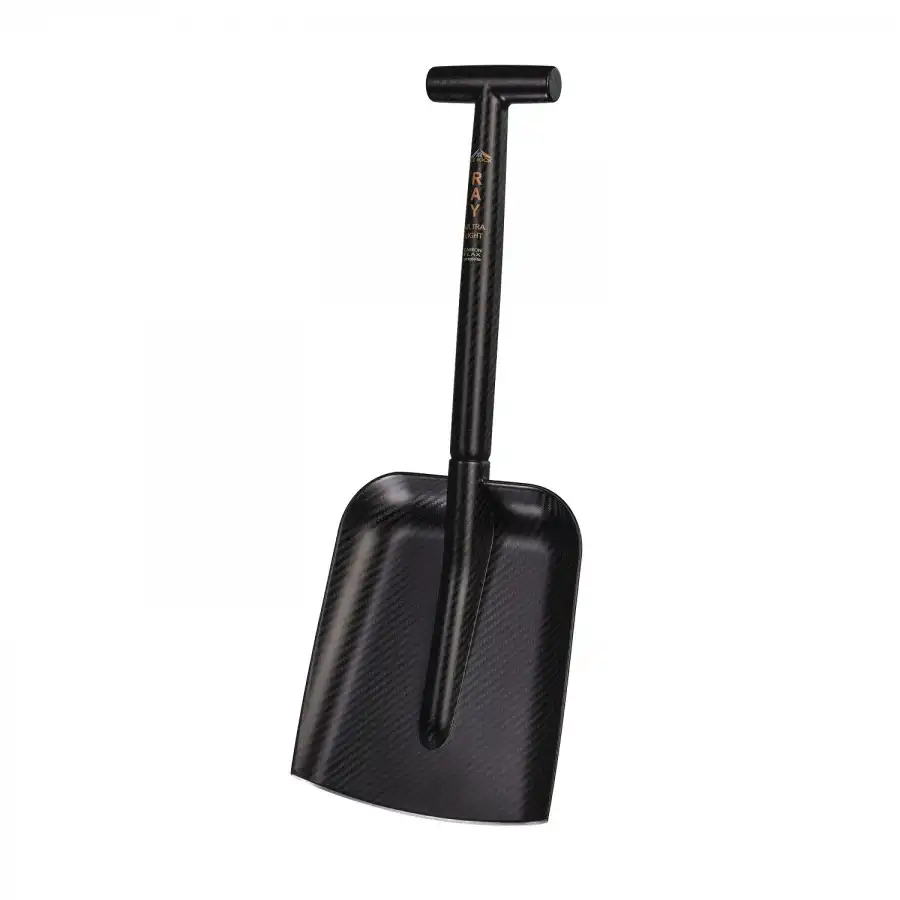
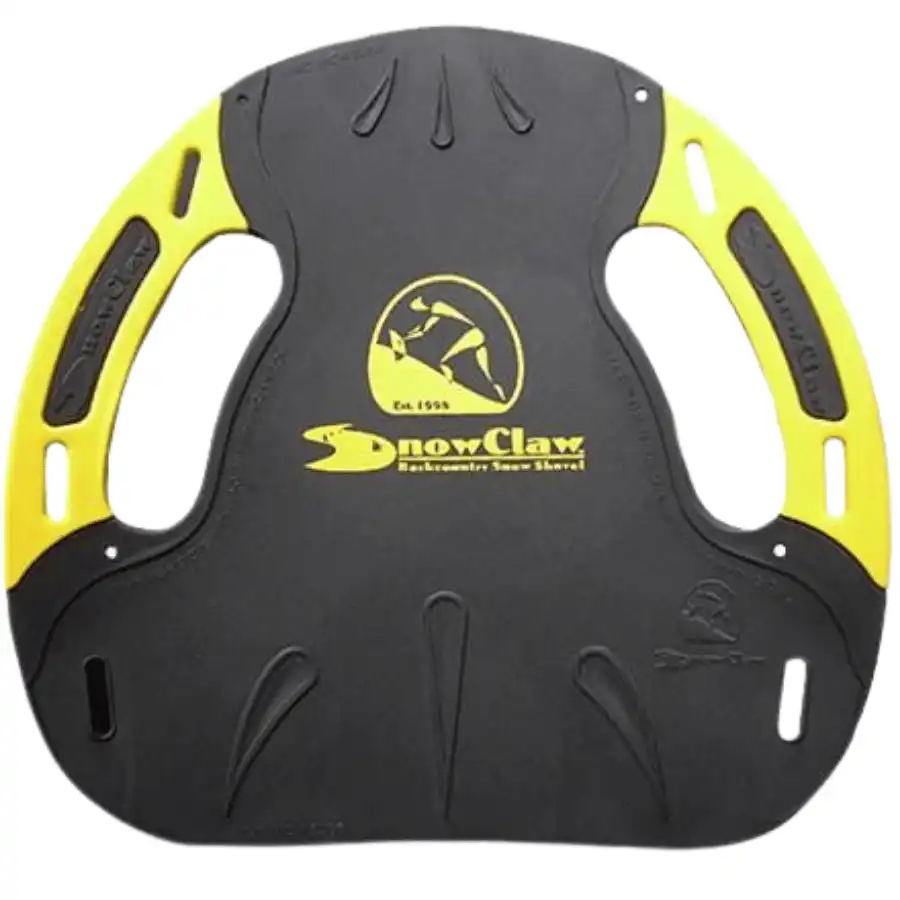
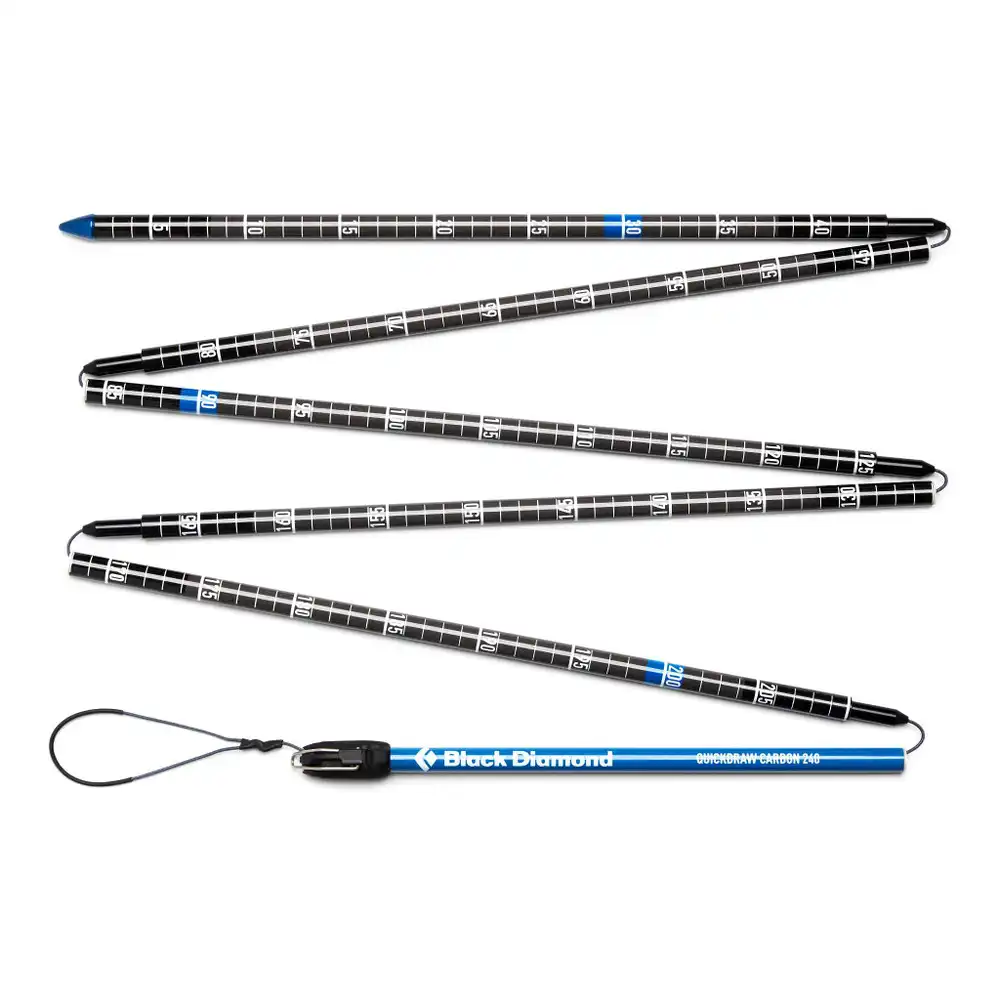
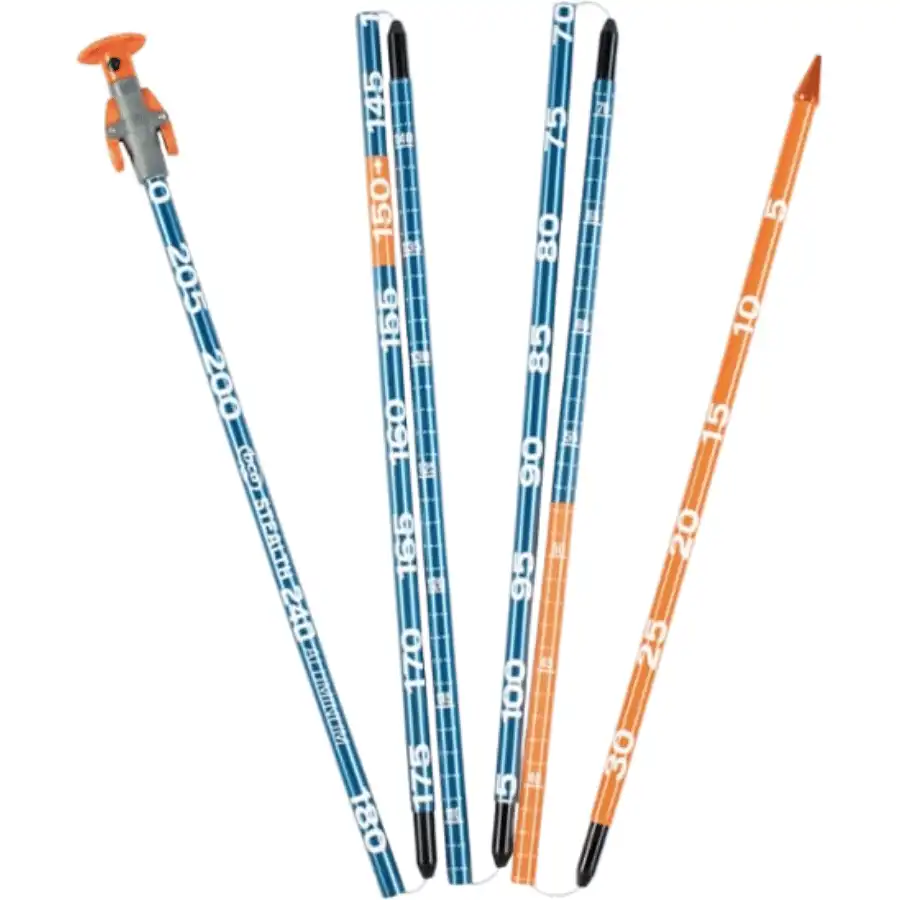
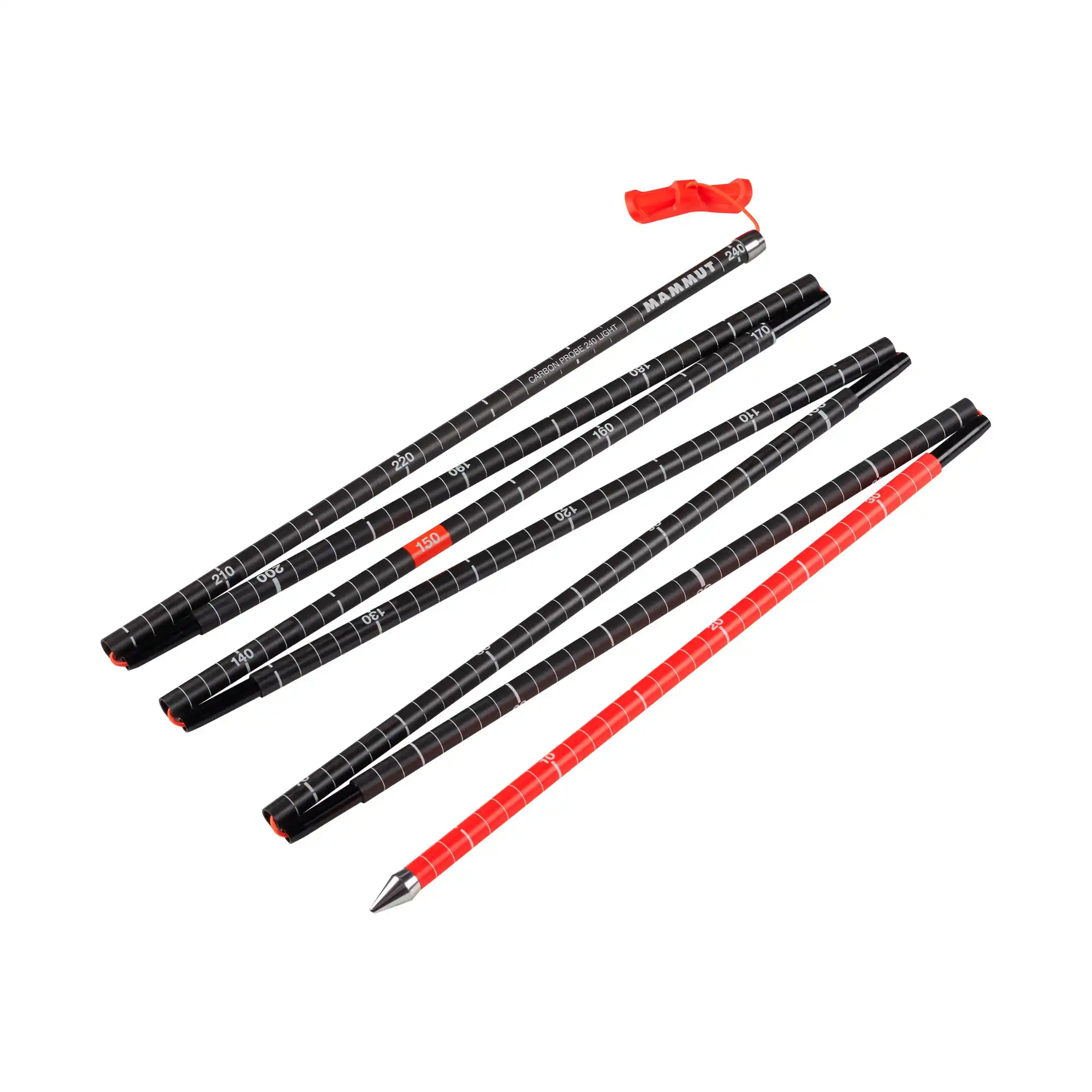
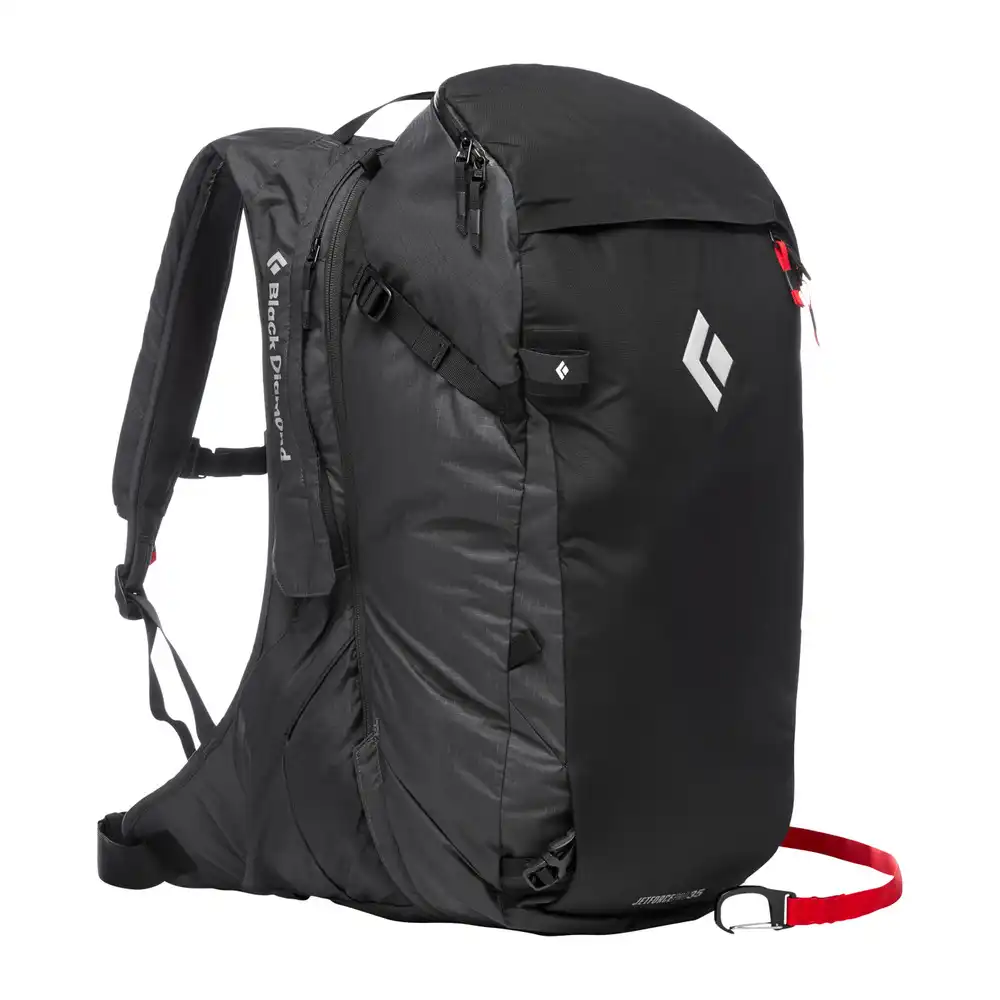
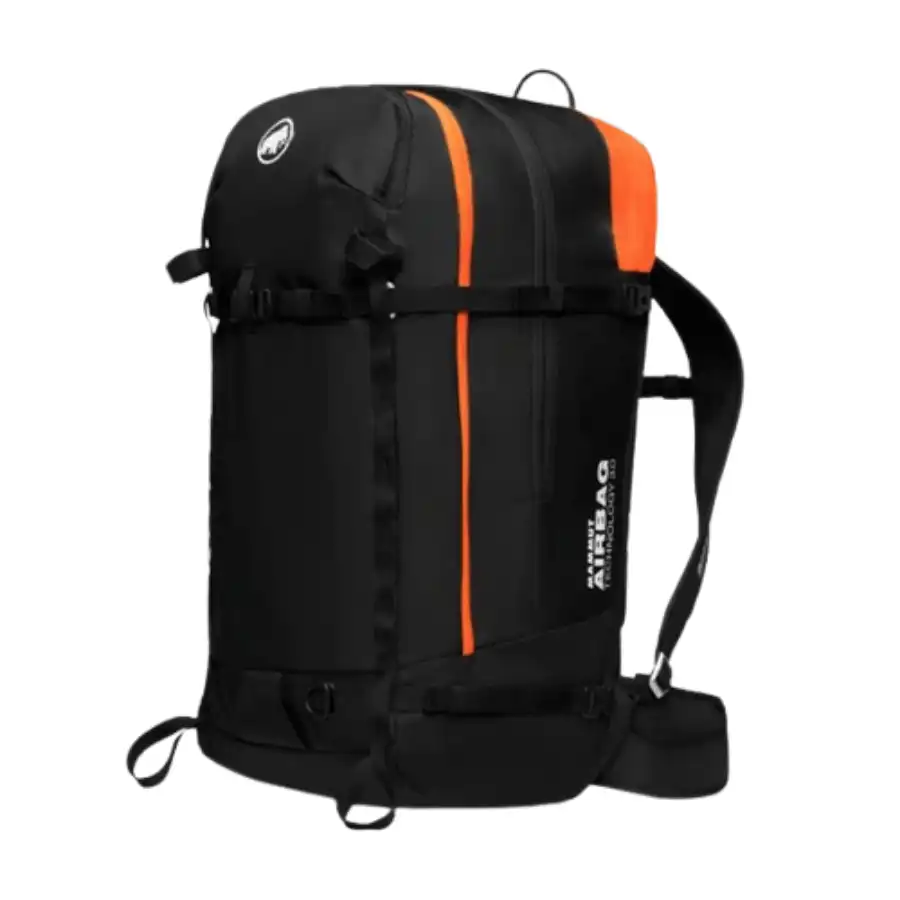
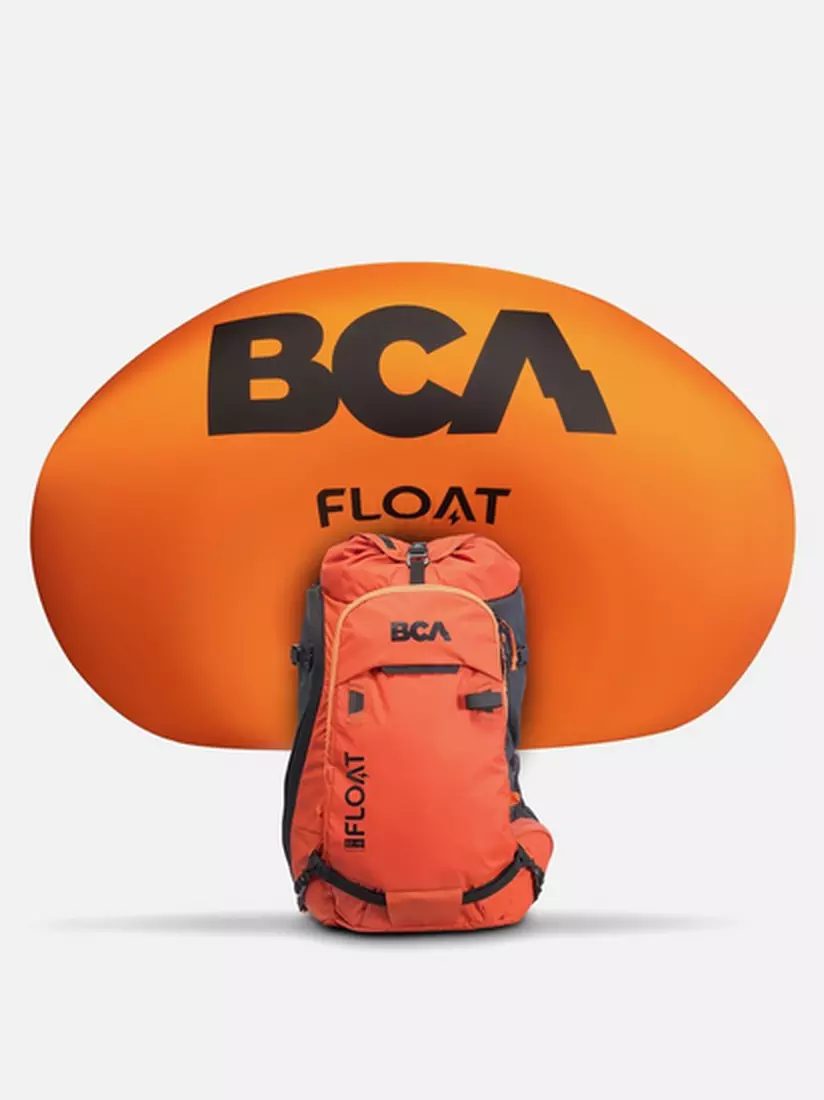
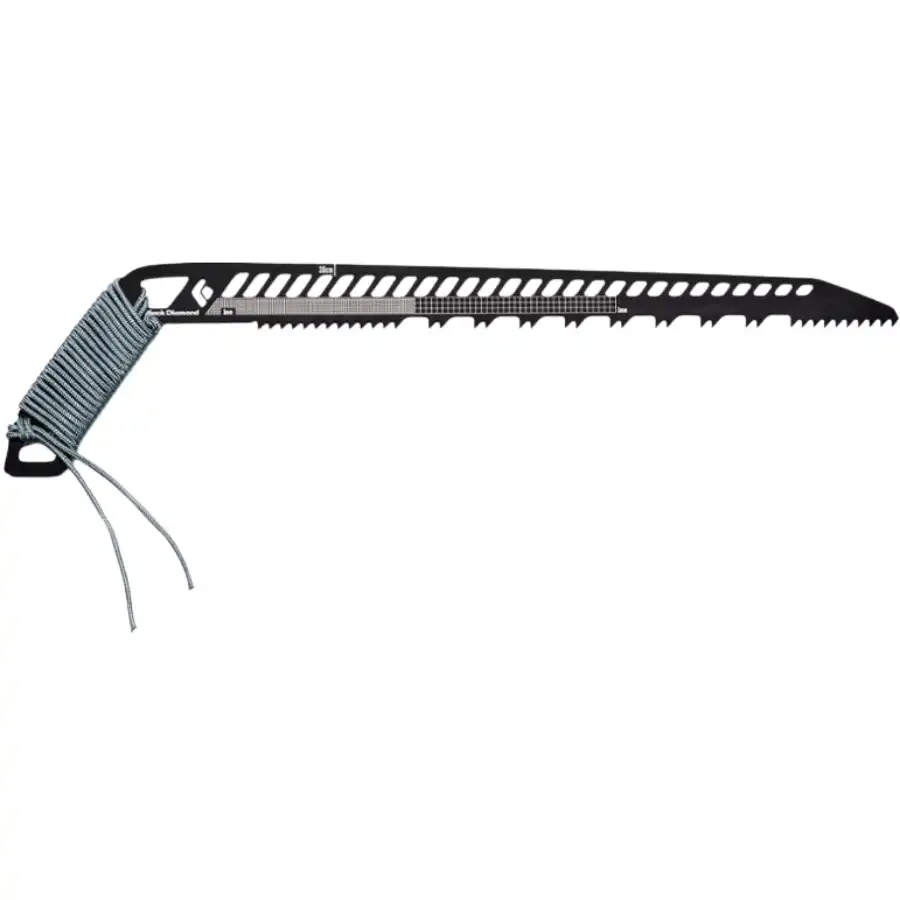
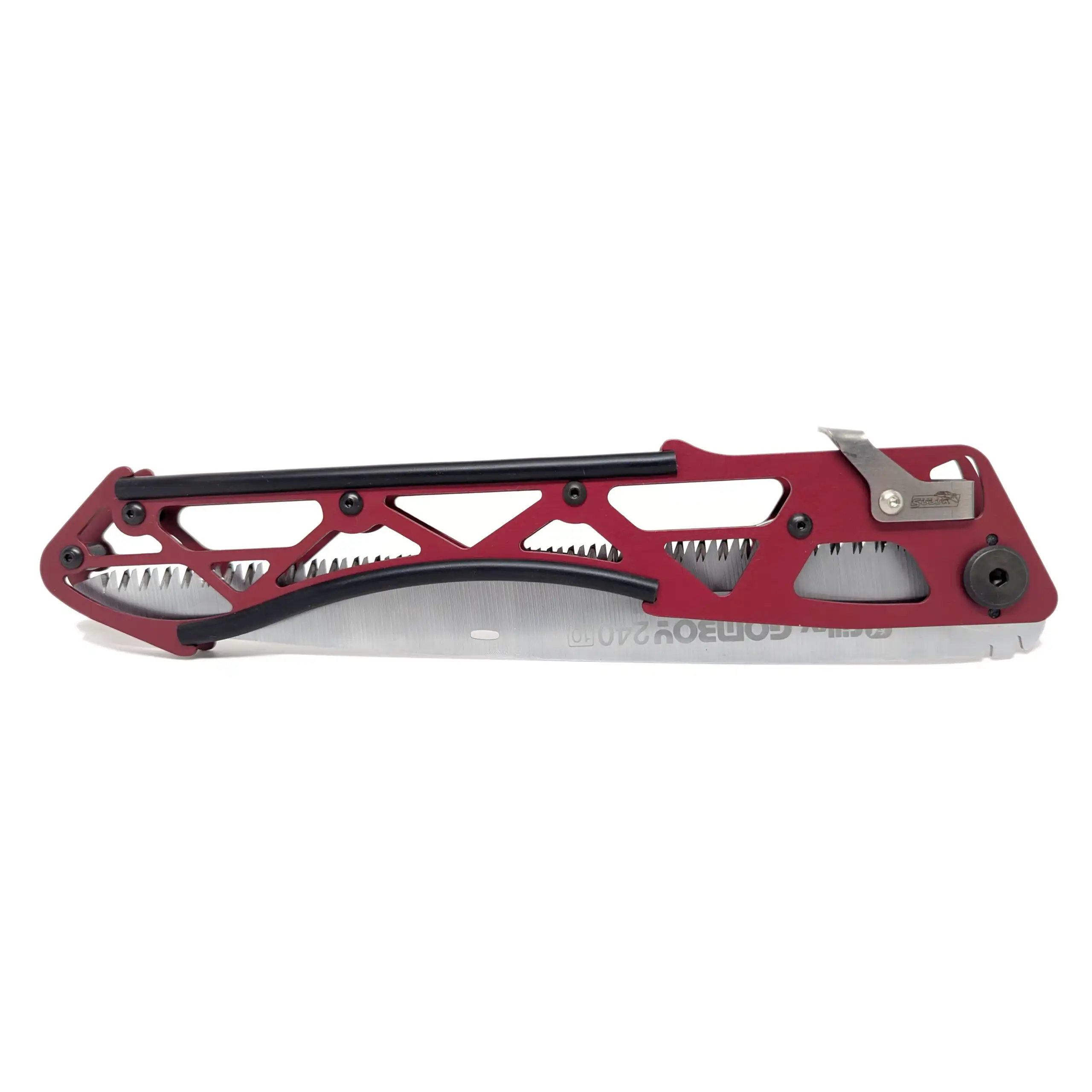
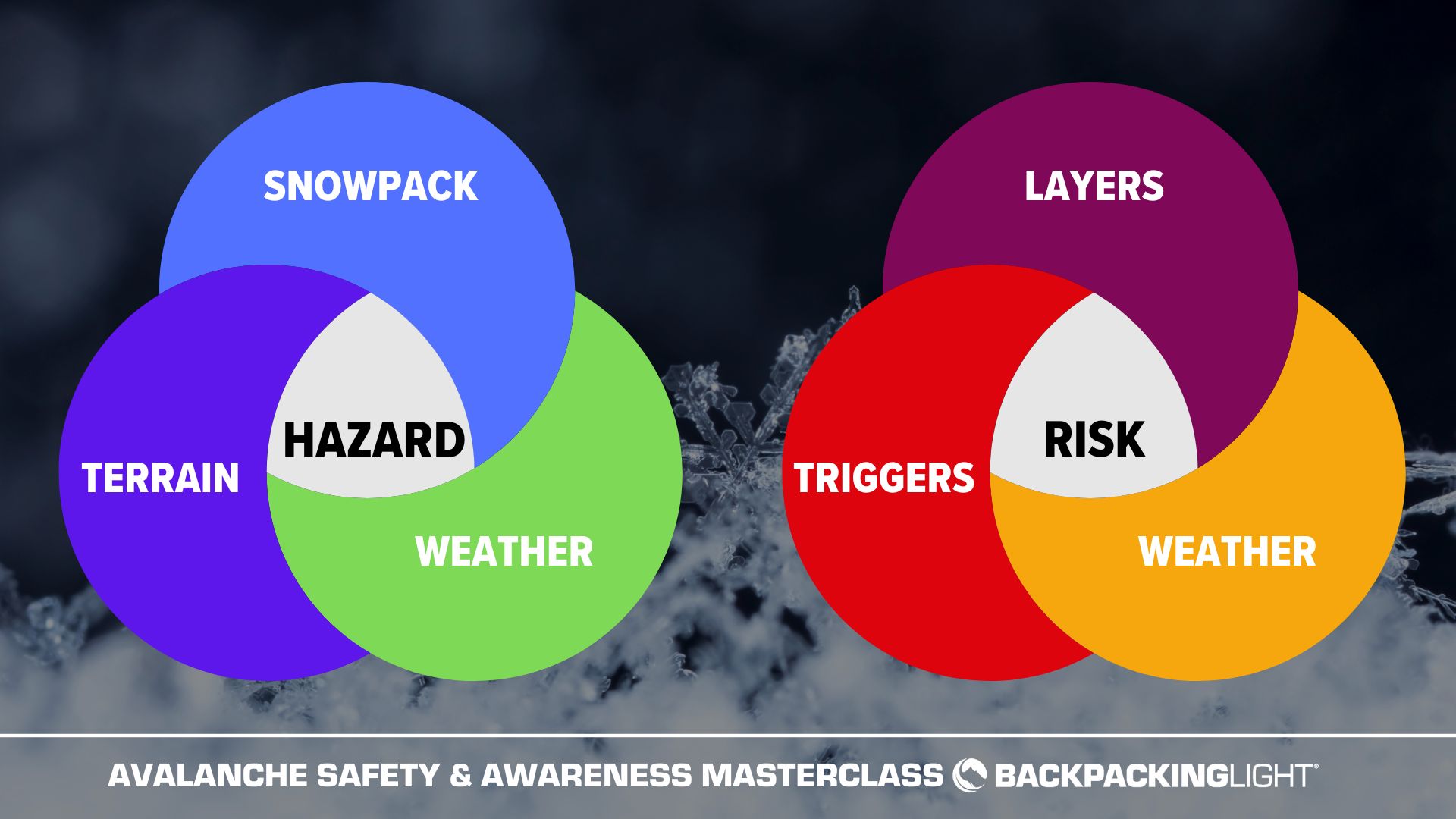


Home › Forums › Avalanche and Winter Safety Tools